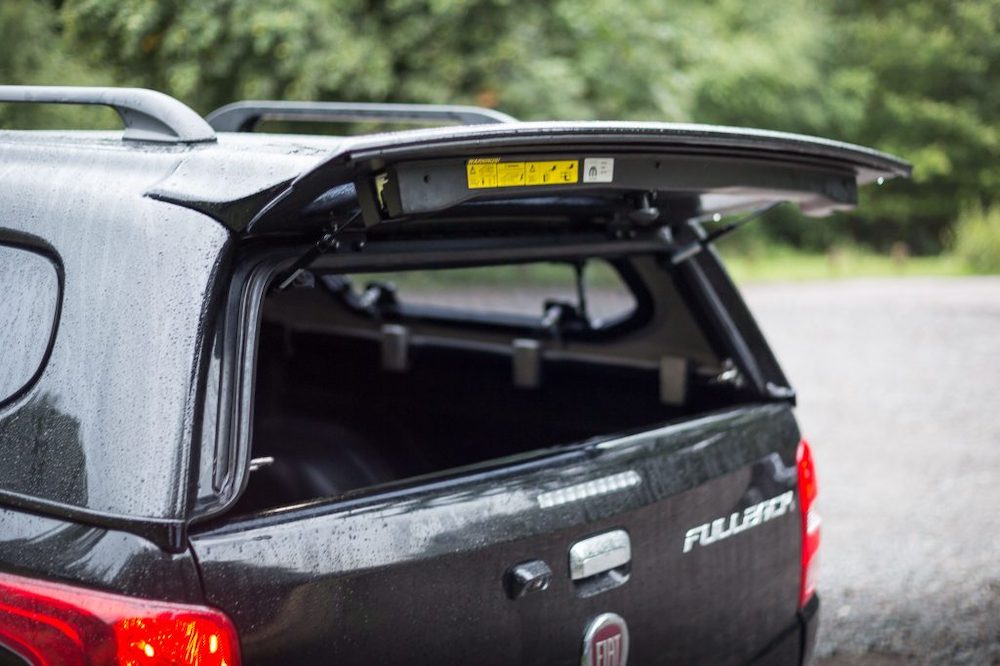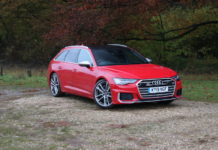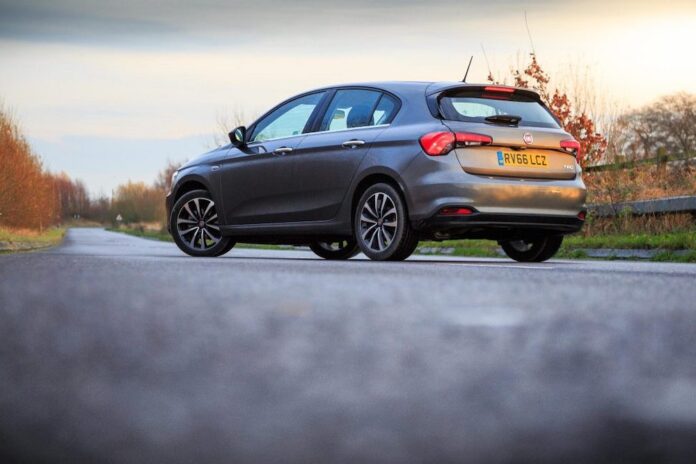We live in a remarkable time. It can’t be denied that society still has a long way to go before accessibility is so commonplace and so complete that those among us who require a little extra help don’t have to worry about our ability to act freely. Despite that, the accessibility options that do exist are nothing short of incredible in terms of engineering and concept. Good accommodation removes barriers to participating in society from people that otherwise would have a difficult time due to disability, allowing them to enjoy a standard of living they deserve. The more we can ensure that people with disabilities can engage with the world around them, the better off we as a society are in general. From integration of wheelchair ramps into our architecture to adding level door handles that are easier to use, accessibility options are always a good idea because they make life significantly easier for people that require extra accommodation.
One of the absolute best ways we’ve figured out how to remove those barriers is through the invention of the Wheelchair Accessible Vehicle, or WAV. Through either initial design or conversion of existing vehicles, mobility access vehicles are a fantastic example of what can happen when the wonders of engineering and technology are paired with a caring and respect for people. WAVs allow wheelchair bound people to drive, which may be the single most impactful accommodations for mobility aside from the wheelchair itself. If you’re in the market for one, however, you may feel overwhelmed by your options or have little guidance about what to look for. This article is here to help you determine what kind of WAV is going to be best for you. There are a few things you need to keep in mind.
Conversion Or Dedicated Model?
The biggest and most important decision you’ll need to make for your vehicle is whether or not to purchase a new vehicle designed for wheelchairs or to convert an already existing vehicle to accommodate your needs. Right off the bat let’s acknowledge the answer: there is no one option that is superior to the other by default. Disability is not a monolith, and neither are the things you need to work with or around them. The market is inundated with noise about which one you need, or which one is better, but the actual answer is that your needs may be better served by one or the other, and there’s no definitive way to determine which one is better for you without acknowledging your unique needs. There are pros and cons to both options, and understanding those pros and cons will be vital to making sure you’re getting the best option for you.
A dedicated model is a vehicle that was designed from the ground up with wheelchair access in mind. They’re engineered around all of the things your WAV needs: ramps, lifts, dashboard driving controls and interior space. These can be convenient for those who are already in the market for a new vehicle, or for people who have been driving WAVs for a while and need a replacement. Eventually, everyone needs to buy a new vehicle; if you’re already replacing an accessible van, you might consider buying a new model already designed for you. Accessibility isn’t a given, as you can see in the recent ruling regarding Uber here. To get around, you may have no choice but to rely on a WAV, and buying new might be for you. The downside, naturally, is that they tend to be much more expensive than a converted vehicle.

Conversions are exactly what they sound like: already existing models that are modified to be wheelchair accessible. The pros to this approach are many, and chief among those pros is that this option tends to be significantly less expensive than buying a brand new vehicle. There are a high number of makes and models that can be converted fairly easily. This might be the better option if you already have a vehicle and don’t want to go through the hassle of buying a new one.
Special Considerations
While having a wheelchair accessible vehicle can grant you an amazing degree of freedom you otherwise wouldn’t have, there are some things you need to be aware of going in. Unfortunately, there’s not much that you can do on a personal level to change or mitigate some of these special considerations, but it’s important that you know about them so you can plan accordingly. WAVs are magnificent pieces of engineering, but there are some limitations and drawbacks you should consider when selecting them.
For starters, there are still several ways that they’re behind the curve in terms of what is and isn’t possible. You’re almost certainly restricted to vans only, as most cars and trucks don’t have the ability to be converted to be more wheelchair friendly due to their body types. For one thing, the lift alone would invalidate most cars on the market, to say nothing of the lack of storage options that can also accommodate your chair and other passengers. Unfortunately, vans and SUVs are almost exclusively what you’re going to find, and anything outside of those is probably going to be so expensive that it wouldn’t be worth it anyway.
Additionally, while electric and hybrid WAVs do exist, you may find that charging them is difficult. As you can see at https://www.irishtimes.com/opinion/letters/2022/08/11/charging-spaces-and-wheelchair-access/, there are precious few charging stations that are wheelchair accessible. This all but locks you out of anything other than traditional gas models, which can be annoying given the perpetually rising cost of gas and the generally lower MPG vans and SUVs get. While these considerations are annoying to be sure, it can’t be denied that WAVs have changed the game for people with disabilities, allowing them to get around with relative ease, peace of mind, and most importantly, much deserved freedom. Good luck in your search, and drive safely!














